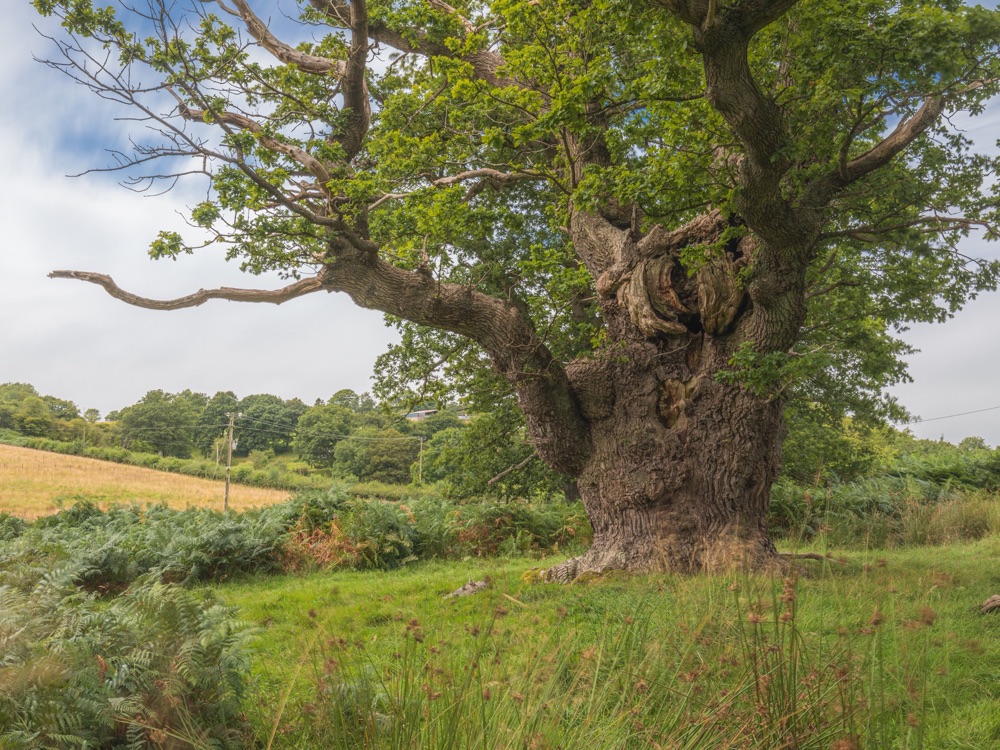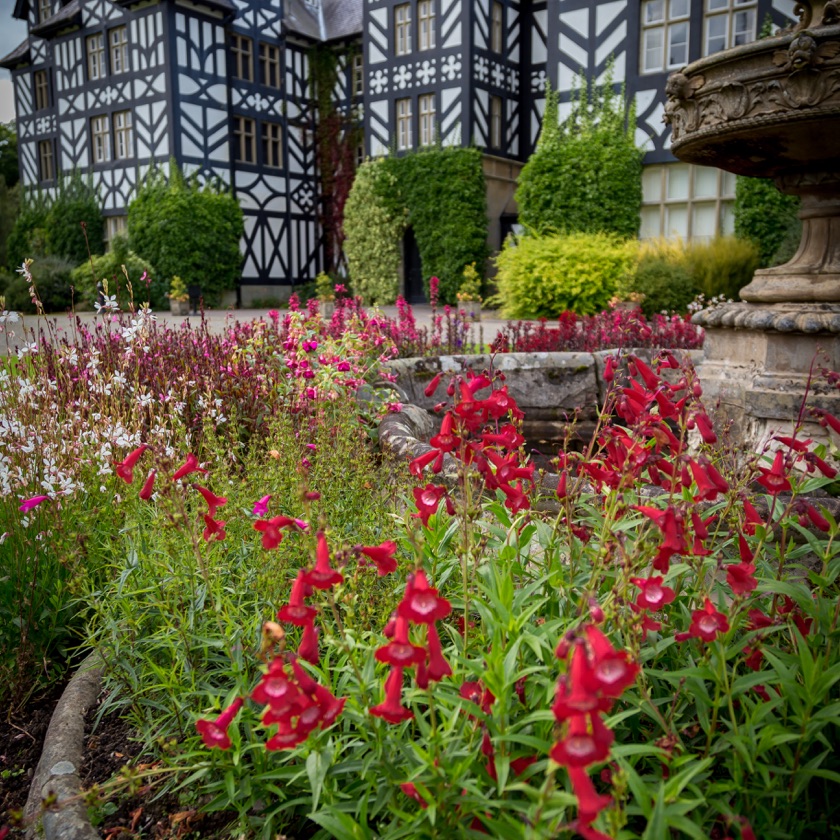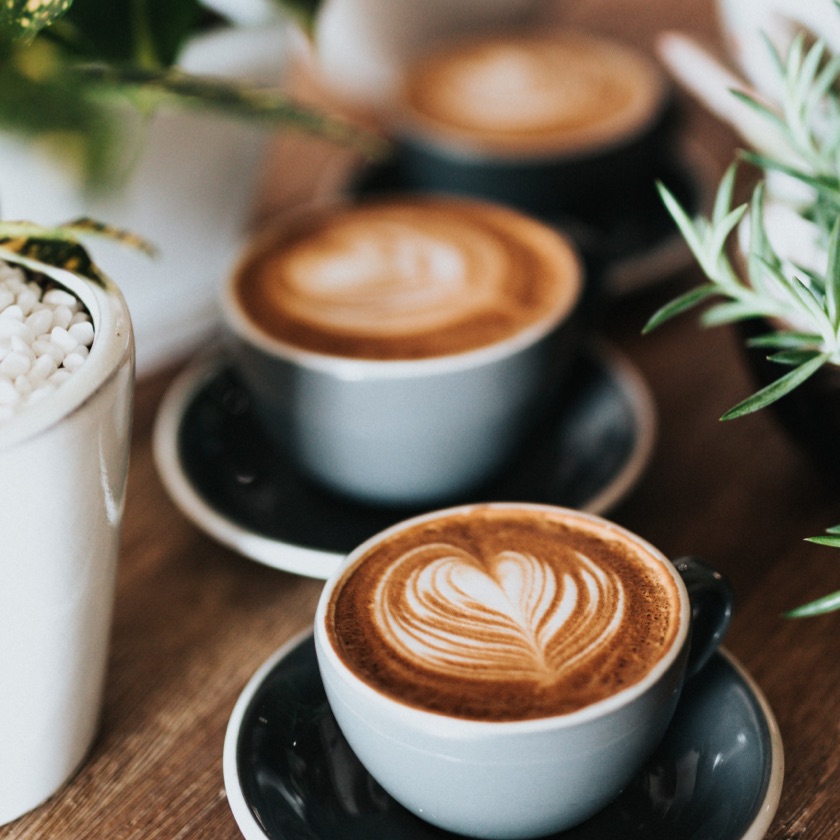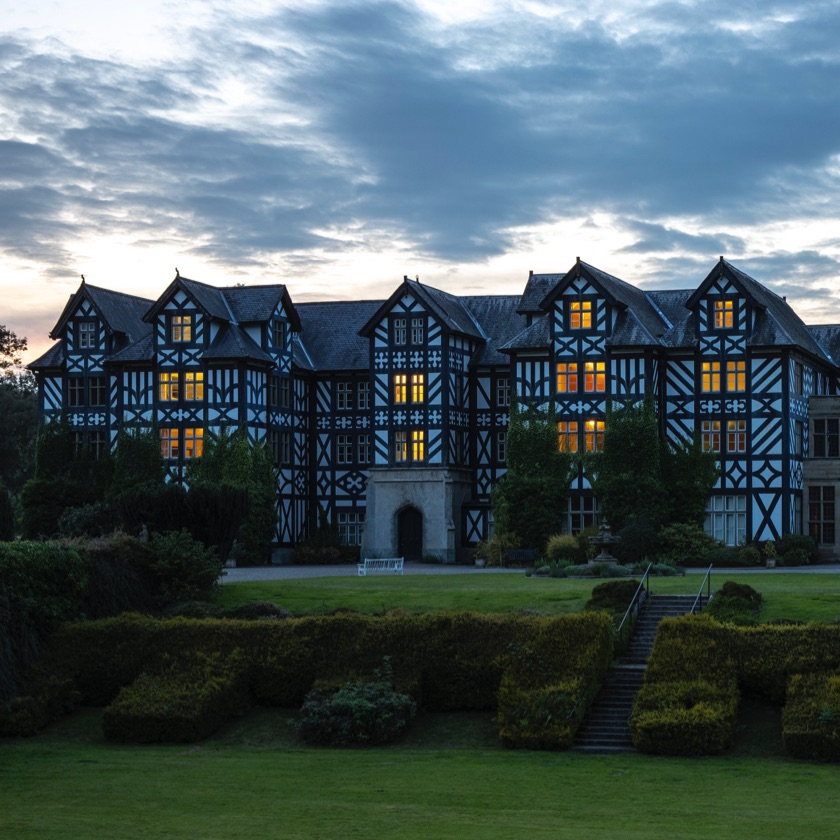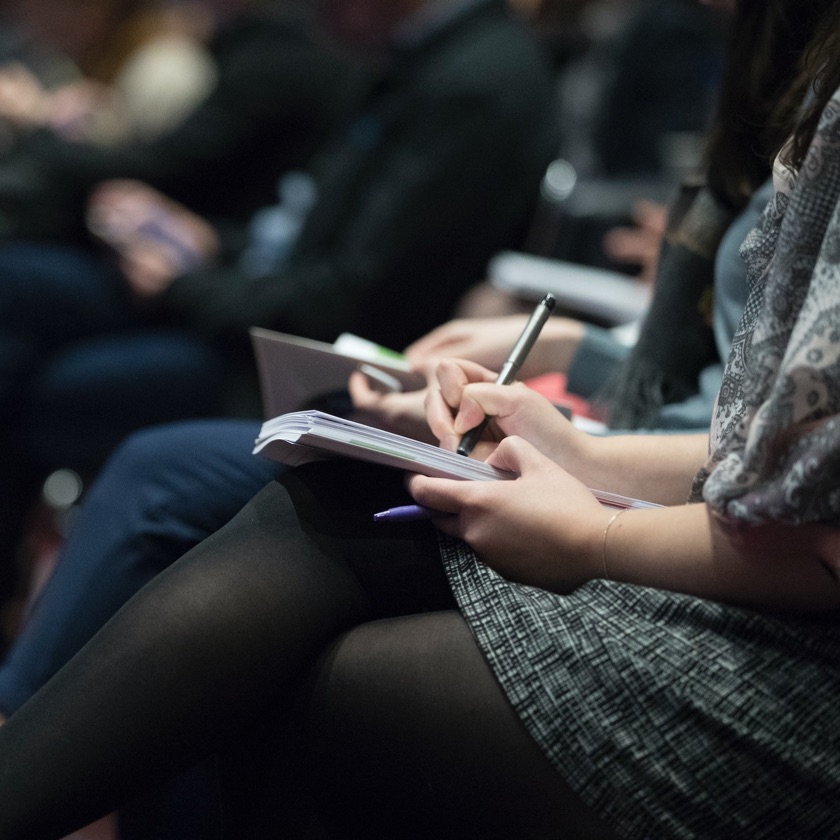Art at Gregynog
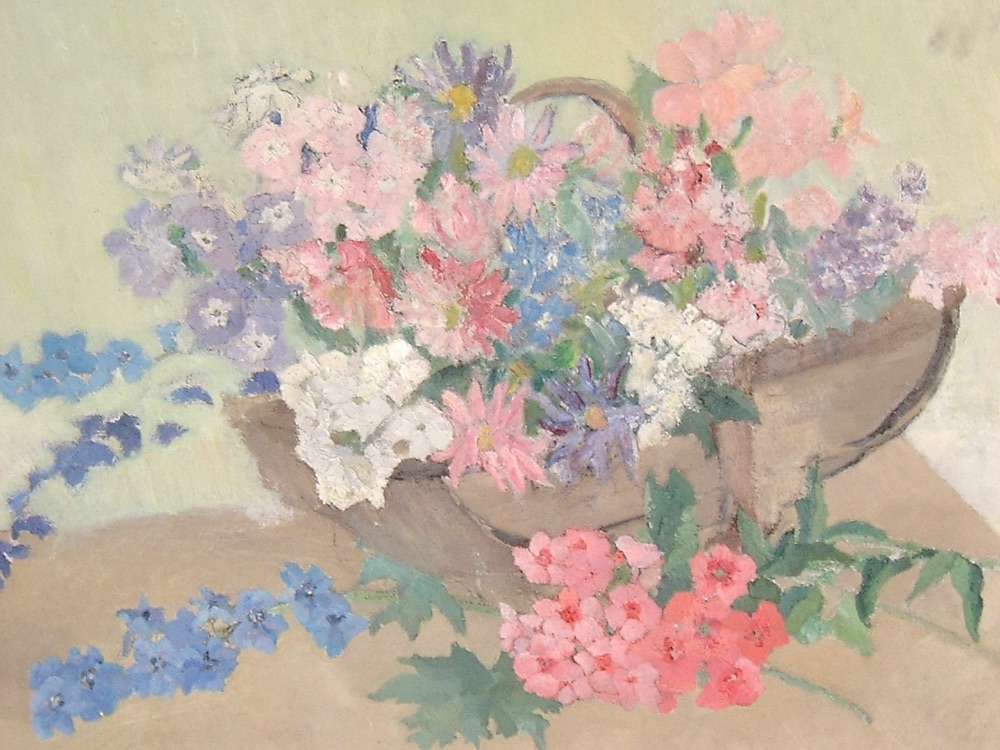 Basket of Flowers 1 (cropped) – DAVIES, Margaret Sidney
Basket of Flowers 1 (cropped) – DAVIES, Margaret Sidney
Beyond Impressionism : The Davies Sisters as Collectors of Modern British Art
Professor Robert Meyrick, Trustee of Gregynog Trust
Famously, the walls of Gregynog, the Montgomeryshire home of Gwendoline and Margaret Davies, once hung with world-class paintings by Corot, Millet, Daumier, Manet, Pissarro, Monet, Renoir, Cézanne and Van Gogh. Acquired for relatively small sums, such paintings are now ‘priceless’, international currency in themselves. Consequently, the 19th-century French paintings and sculptures that formed the sisters’ magnificent bequests to the National Museum of Wales in 1952 and 1963, has with time overshadowed much else that they achieved as collectors, patrons and benefactors. And yet, when Margaret Davies died in 1963, it had been many years since the French collection had adorned Gregynog’s walls. By the 1950s, the paintings on display there were almost exclusively modern British, with a good representation of artists connected in some way to Wales. This aspect of the Davies collection has remained largely ignored. The sisters’ acquisitions of modern British art are rarely ever discussed, possibly because the collection was broken up and most of those works at the National Museum are not on display. What are these works, how and when were they acquired, and what might their place in the Davies collection tell us about the sisters, the changes in their collecting habits, and the shaping of their tastes and views?
Gwendoline Elizabeth (1882-1952) and Margaret Sydney Davies (1884-1963) were the wealthy heirs to their grandfather’s fortune, derived from railways, coal mining and the docks at Barry, near Cardiff. They used their inheritance purposefully in support of art, music, literature, education, religion, politics, welfare and health affairs in Wales. With the guidance of a small group of advisors, and especially Dr Thomas Jones, the sisters’ closest friend and confidant, they sought to inspire and nurture the visual arts in Wales. Their art collection was an endeavour to introduce Wales to the European tradition, and encourage high standards in art and art appreciation. They began to collect in 1908 and, with the guidance of Hugh Blaker (1873-1936), younger brother of their governess Jane Blaker, they were to form the most important private collection of Impressionist and Post-Impressionist pictures acquired before 1920. However, there were almost as many modern British works (95) in their bequest to the Museum than there were works by French artists (107).
Like many collectors of their generation, the sisters initially acquired portrait and landscape paintings by Thomas Gainsborough, Richard Wilson, Joshua Reynolds, George Romney, Henry Raeburn, John Constable and J. M. W. Turner. After Blaker introduced the sisters to French 19th-century Realist, Impressionist and Post-Impressionist paintings and sculpture, they focussed intently on this aspect of their collection. During those early years of collecting, they bought comparatively little 20th-century British art. Gwendoline acquired James Pryde’s Rag Alley in 1914, while Margaret purchased two Frank Brangwyns in 1912, two drawings by Percy Wyndham Lewis in 1921, and an oil painting by William Strang, The Connoisseurs, in 1922. A notable exception to their lack of attention to British 20th-century artists was Gwendoline’s addition of 22 works by Augustus John between 1916 and 1919. Little effort was required on Blaker’s part in persuading Gwendoline to assemble her fine collection of paintings and drawings by a fellow countryman. As the painter Joseph Crawhall was to William Burrell in Scotland, and William Orpen to Sir Hugh Lane in Ireland, so was Augustus John to the Davies sisters. Blaker’s influence becomes clearer, however, when we consider that Gwendoline’s earliest purchases of works by Augustus John, made between May and July 1916, coincided with Blaker’s article, ‘The Drawings of Augustus John’, which appeared in Colour magazine in May 1916.
Together with their brother, David, the sisters purchased the Gregynog estate as an investment in 1914; after the Great War, they bought out his share with the aim of turning the Hall into a residential craft and conference centre. They never intended it as their home, but a rural retreat for the rehabilitation of soldiers and civilians affected by war. In January 1921, the sisters invited to Gregynog their first guests, a small group of friends who were members of the Welsh School of Social Service, to hold a Service of Dedication and discuss, as Tom Hughes, the Agent at Gregynog put it, the
post-war problems as they affected Wales. They [the sisters] had purchased Gregynog for the purpose of affording opportunities to those working for the welfare of their fellow men, to come together and discuss their problems, pool their ideas, and go on again feeling refreshed to continue their labours.¹
The billiard room was extended into a music-come-conference room and delegate bedrooms were provided in a purpose-built annexe. At annual or one-off conferences, leaders in their field discussed social welfare, education, music, youth organisations, and health affairs. British, German and French delegates met, for example, at The Burge Memorial Trust International Conference in September 1930 to discuss the international situation, and the BBC met in 1937 to debate, in the presence of Sir John Reith, the future of broadcasting in Wales. The League of Nations Union was among the many groups to convene at Gregynog during the 1920s and 1930s. Annual Music Festivals also brought international guests to the Hall. The 3- or 4-day events were organised by Sir Henry Walford Davies, Keeper of the King’s Music, and under the conductorship of Davies himself, Sir Adrian Boult or Ralph Vaughan Williams. Gustav Holst, an occasional visitor; was to compose a short piece for soprano and unaccompanied chorus, For Gregynog in July 1933. Workshops in rooms around the stables courtyard housed the Gregynog Press under its first Controller, Robert Ashwin Maynard. Master printers, resident artists and a thriving bindery ensured that books produced at Gregynog earned the international acclaim bestowed upon them. From the Press came not only some of the finest illustrated books ever produced by a private press, but programmes for music festivals, Orders of Service for worship in Gregynog and agenda for conferences. Such ephemera attest to the sisters’ vast range of associations and influences.
In 1924, when their brother remarried and they were obliged to leave the family home at nearby Llandinam, Gregynog became the sisters’ home and the process of modernising the Hall, initiated in 1920, took on a sudden urgency. It was transformed from an austere and moribund Victorian gentleman’s residence into an elegant home, and divided in a way that allowed conferences and festivals to continue, whilst maintaining the sisters’ privacy and security for the art collection. Out went the heavily carved furniture, patterned wallpapers, curtains and upholstery, the stuffed game and billiard table. Sober interiors were given bright, modern decorative schemes and furnished with an eclectic ensemble of old and new to complement their varied collections of paintings, drawings and prints, ceramics, rugs and objet d’art. Newly installed Art Deco fireplaces, chrome and alabaster washbasins in the bedrooms, and two new sleek, streamlined bathrooms reflected the sisters’ preference for the functional and unostentatious.
Throughout the Hall, French Impressionists hung alongside ‘Old Masters’, Georgian mahogany and Welsh vernacular oak furniture stood beside contemporary handmade pieces specially commissioned from Peter Waals in Chipping Camden, and Paul Matt’s Brynmawr Furniture Company in Monmouthshire. Ancient Chinese porcelain and Islamic glazed stoneware vessels were displayed beside studio ceramics and contemporary tablewares designed by Susie Cooper and Eric Ravilious for Wedgwood. There were modernist rugs designed by E. McKnight Kauffer in the bedrooms and Persian carpets throughout the ground floor. It was probably during an escorted tour of the Middle East during the Spring of 1928 that they acquired the ceramics and rugs; the itinerary, which included visits to Beirut, Damascus, Nazareth, Jerusalem, Jericho and Petra, promised in Baghdad ‘an opportunity of visiting the bazaars’. Simple painted walls and pale blue upholstery provided a neutral setting for the art collections they had brought with them from Llandinam. Gregynog thus became first and foremost the sisters’ home, rather than a museum, and the catholicity of their taste and breadth of interests was evident in the interiors created. Rarely have women collectors had the independent means to exercise their taste on such scale, indulge their passion for collecting, or enjoy the space to display their possessions.
With regular events in the music room, and the annexe filled with visitors drawn from far and wide, and all walks of life, access to the sisters’ private quarters in the ground floor reception rooms and first floor bedrooms of the Hall would have been strictly limited to the most important guests. The sisters were shy, we have frequently been led to believe, but they also were aware of their vulnerability and the increasing value of their pictures. Joyce Grenfell, George Bernard Shaw, Paul Nash, Lascelles Abercrombie and Stanley Baldwin, resting after the debacle surrounding the abdication of King Edward VIII in 1936, were among the few who would have been privileged to view the full extent of the Davies’s art collection.
The move to Gregynog in 1924 coincided with the sisters being diverted away from their collection. Not only did the Hall require further modernisation, but they were increasingly concerned with the provision of health and social welfare in Wales, especially the depressed areas of the coal-mining south, as Britain was heading for a recession and unemployment was rising. Gwendoline and Margaret, who had been raised and lived by the strict codes of Calvinistic Methodism would no doubt have felt it obscene to be spending large sums of money on paintings, and they all but ceased collecting French art and ‘Old Masters’. It was not until some years later that Margaret tentatively began to collect modern British paintings, acquiring single examples by Harold Gilman in 1934, Walter Sickert’s Palazzo Eleonara Duse, Venice in 1935, Vanessa Bell and an Augustus John in 1937, and a Christopher Wood and Allan Gwynne Jones in 1938. Still, neither she nor Gwendoline could have been considering developing a collection of modern British art when their erstwhile advisor Hugh Blaker died in 1936.

Blaker’s sister Jane was sole beneficiary of his estate and responsible for clearing his home and studio at Isleworth in Middlesex. There were estimated to be some 600 to 700 paintings. After ‘clearing much of the Muck’ and sending it to local salerooms, the best was brought to Gregynog for safekeeping, until such time as Jane, together with the artist Murray Urquhart, could arrange the disposal of her brother’s collection. An artist, curator, connoisseur and collector, Blaker had been a supporter and promoter of young British and French artists, an indefatigable advocate of avant-garde tendencies in art, and he formed one of the finest private collections of modern British art of his generation. The sisters would surely have been offered first refusal yet appear to have passed the opportunity to acquire from Blaker’s outstanding collection of modern British paintings that included Harold Gilman, Spencer Gore, Mark Gertler, Edward Burra, William Roberts, Henri Gaudier-Brzeska and Wyndham Lewis. Instead, two sales exhibitions were staged at the Leicester Galleries in 1937 and 1948. While Margaret purchased Jean Francois Millet’s Le Coup de Vent directly from Jane Blaker, four others, including landscapes by Othon Friesz and Leon Lehmann, and Augustus John’s drawing Donegal Shawls, came from the 1948 sale.
At the outbreak of World War II, the sisters offered Gregynog to the British Red Cross and from March 1940 to the end of hostilities it was used as a hospital and convalescent home, with Gwendoline as ‘Commandant in Charge’. In 1939, their valuable French art, 18th- and 19th-century British paintings, and most of the ‘Old Masters’, together with important paintings owned by Jane Blaker and their stepmother Mrs Edward Davies, were dispatched to the National Library of Wales in Aberystwyth for safekeeping. After the upheavals of wartime, Margaret did not resume collecting again until 1948, by which time peace and tranquillity at Gregynog was restored, the servicemen demobbed, and the Dutch evacuees, who found sanctuary at the Hall, had returned to their homeland. In 1950, Margaret arguably made her most daring and modernist acquisition, Trees from a House Roof, Autumn by Ivon Hitchens purchased from the Leicester Galleries.
The following year Gwendoline died from leukaemia at the Radford Infirmary in Oxford. The Memorial Service for Gwendoline Davies in 1951 was the first large meeting to be held in the Music Room at Gregynog since 1939. On her death, Gwendoline’s ‘Old Masters’, the Turners, Impressionists and paintings by Cézanne and Van Gogh, were still safely stowed at the National Library. At Gregynog, hung 18th- and 19th-century British portraits and landscapes along with drawings, watercolours and prints: these included paintings by Raeburn and Gainsborough; Turner, Blake and Cézanne watercolours; and drawings by Daumier and Augustus John. Her entire picture collection was valued at probate to be worth £53,525.
Jane Blaker had died in 1947 and her beloved sister, from whom Margaret so often took the lead, had passed away after an illness long borne. Gwendoline’s paintings were in Cardiff, and Margaret knew that hers would eventually join them. The main question to be addressed was the fate of Gregynog Hall. In August 1952, at a conference of delegates invited to discuss its future use, Hughes explained that Margaret Davies now faced the problem how ‘best’ to ‘use Gregynog to the same high purpose as hitherto’. One morning she told him ‘of a thought that had come to her in the early hours – of using Gregynog as a quiet retreat for persons wishing to write or compose music and so on.’ Several schemes emerged and were subsequently introduced: students could apply for a period of residence to focus on their studies, visiting groups of undergraduates were brought from the Music, Art and Botany Departments of the University of Wales, Aberystwyth, music master classes, public concerts, and music festivals were staged from 1954. The pleasure Margaret derived from student visits determined her resolve to leave the Gregynog Estate, with an endowment, to the University of Wales. Eventually, it was signed over to the University in 1960.
After the successful transfer of Gwendoline’s paintings to Cardiff in 1952, Margaret sold 25 paintings by Constable, Turner, Cézanne, Corot, Daumier, Millet, Monet, Pissarro, Vlaminck and Whistler; artists whom she felt were already well represented in her sister’s collection. With the income she intended to fund new purchases of early 20th-century French paintings to augment the collection; to this end she bought works by Alfred Sisley, Pierre Bonnard and Maurice Utrillo. More significantly, during the last ten years of her life, Margaret became a keen collector of modern and contemporary British paintings. These she acquired to once more fill the walls of Gregynog. In the healthy market that existed for contemporary art, she purchased from a small number of London dealers – among them Wildenstein, Redfern and Tooth’s – and regularly from the Leicester Galleries. During the 1950s a new confidence grew in the art market and a trend in the picture buying public away from the established names to art students and young artists. Margaret herself bought predominantly works by emerging, often unknown painters. Not surprisingly there is a good representation in Margaret’s collection of young artists from or working in Wales: Cedric Morris, Kyffin Williams, John Elwyn, Esther Grainger, Josef Herman, Ray Howard Jones and Ceri Richards.
Whereas the sisters’ French paintings and sculpture appear to have been fairly systematically acquired to represent key periods, styles and artists, the same claim cannot be made of Margaret’s modern British collection. While it was primarily Hugh Blaker’s interests and enthusiasm for certain artists that shaped the Davies’s French collection, Margaret’s was a very personal selection of modern British art. Each painting was bought with a mind to domestic display and its place in the collection as a whole, aware that ultimately the collection would be made available for public display. She used her own judgement, steered only occasionally during her final years towards certain artists by curators at the Museum who were mindful of what they wished to be represented in the national collection. By comparison, modern British artists, with the exception of Augustus John, are represented in most cases by a single work. Following Blaker’s precedent of some 40 years earlier, Margaret bought paintings by Wilson Steer, Robert Bevan, Matthew Smith and, in May 1962, Spencer Gore’s Mornington Crescent purchased for £630 from the Leicester Galleries, thus filling perceived gaps in her collection.
In December 1960 and October 1961 Margaret’s French paintings had been placed on long-term loan at the National Museum with a view to them being donated. An inventory of Pictures, Drawings, Engravings, Prints and Sculpture: A Valuation for Probate compiled immediately after her death in April 1963 listed 396 works at Gregynog valued at £10,297-15s. In the drawing room, for example, hung paintings by Augustus John, Spencer Gore, Harold Gilman, Ruskin Spear, Robert Bevan, Christopher Wood and Ivan Hitchens. Across the hall, in the boudoir, were works by Ethel Walker, Sylvia Gosse, Dorothea Sharpe and John Nash. In the adjoining corridor, Matthew Smith’s Apples on a Wicker Chair, two watercolours of Gregynog by Paul Nash, and oils by John D Innes. In the morning room, contemporary paintings by Esther Grainger, John Elwyn, Olwen Bowey and Ronald Ossary Dunlop. In the music room entrance hall and crush hall, were paintings by Ceri Richards, Kyffin Williams, Julian Trevelyan, Terry Frost, Joseph Herman, Mary Fedden and Cedric Morris. In the largest room at Gregynog, the music room, where once hung paintings by Monet, Manet, Pissarro and Renoir, where a version of El Greco’s The Disrobing of Christ served as an organ screen, and Alessandro Botticelli’s Virgin and Child with a Pomegranate was placed on an easel for Sunday services, there were 97 works by Margaret Davies herself.
The first and second floor bedrooms and landings hung variously with oils, watercolours and prints by R. A. Maynard, John Whitcombe and Margaret Davies. Paintings by Blaker, Urquhart and the Belgian artists Valerius de Saedeleer and Georges Minne, all of whom were also connected with the Davieses, were represented in some numbers. Blaker’s own paintings and drawings had been brought to Gregynog after his death. Whilst Jane arranged the dispersal of her brother’s picture collection, his own work was simply forgotten. When the University of Wales took over Gregynog, his paintings and drawings had been ‘left behind’ undocumented in Margaret’s first floor studio. The smoking room housed etchings by James McNeill Whistler, William Strang, and Anders Zorn. In the second floor conference room, etchings by Augustus John and Frank Brangwyn. In the visitor’s annexe, among the artists listed: Walter Sickert, David Young Cameron, William Strang, George Clausen, Eric Gill, Josef Herman, Wyndham Lewis, Augustus John, James McN Whistler, Peter de Wint, David Cox, Moses Griffith, drawings by Camille Pissarro, John Singer Sargent’s Portrait of Hercule Brabazon Brabazon, and the sisters’ first recorded acquisition, Brabazon’s Study of an Algerian Man’s Head. Eight paintings, including Kyffin Williams’ Moel Hebog and Spanish Village by Anne Redpath, were recorded in the sisters’ flat at Buckingham Gate, Westminster.
Not all Margaret’s collection passed to the National Museum; a small number of works she specified were to remain in Trust at Gregynog for the University of Wales. In addition to the French paintings that she left the Museum to complement her sister’s bequest, representatives from the Museum were invited to select firstly paintings and drawings considered of ‘national importance’, and secondly modern and contemporary British works to form a Loan Collection to ‘be sent to other places as a touring exhibition’ to ‘be shown in Cardiff for a period before they start their wanderings.’² The remainder, which after the Museum had made its selection included works by William Strang, Dorothea Sharp, Ethel Walker, Wyndham Lewis and Sheila Fell, was offered for sale to the University of Wales.
The impression we are given is that Gwendoline and Margaret were quiet and reserved individuals. True, they upheld their right to privacy, shunned publicity, and were careful not to flaunt their wealth. As Calvinistic Methodists, they were strictly teetotal and sabbatarians, appearing perhaps ‘old fashioned’ and staid; they led a sheltered life under the watchful eyes of the two formidable women in their lives, their stepmother and governess-companion Jane Blaker. Yet when it came to art, literature, music and welfare, the sisters were two thoroughly progressive and modern-thinking individuals. As collectors of French Impressionism and Post-Impressionism, Gwendoline and Margaret went against overwhelming public opinion and in-so-doing formed a collection which 20 years later they would have been unable to afford. It would be two decades before popular taste finally caught up with them. 20th-century Wales was witnessing the emergence of an artistic culture that was unparalleled in the nation’s history, and the sisters did more for patronage and collecting, art education and institutions than any individuals before or since. They were concerned about the apparent lack of interest in art and believed that Wales was in need of a visual tradition. Their French paintings, and the ‘touring’ collection of modern British works that it has since eclipsed, were an endeavour to stimulate a Renaissance in Welsh art.
¹Hughes, T. W., Survey of Gregynog Activities for the Period 1921-1945/46 August 1952 Unpublished MSS, University of Wales, Gregynog.
²Charles, Rollo, Catalogue of the Margaret S. Davies Bequest of Paintings, Drawings and Sculpture National Museum of Wales, Cardiff 1963.
